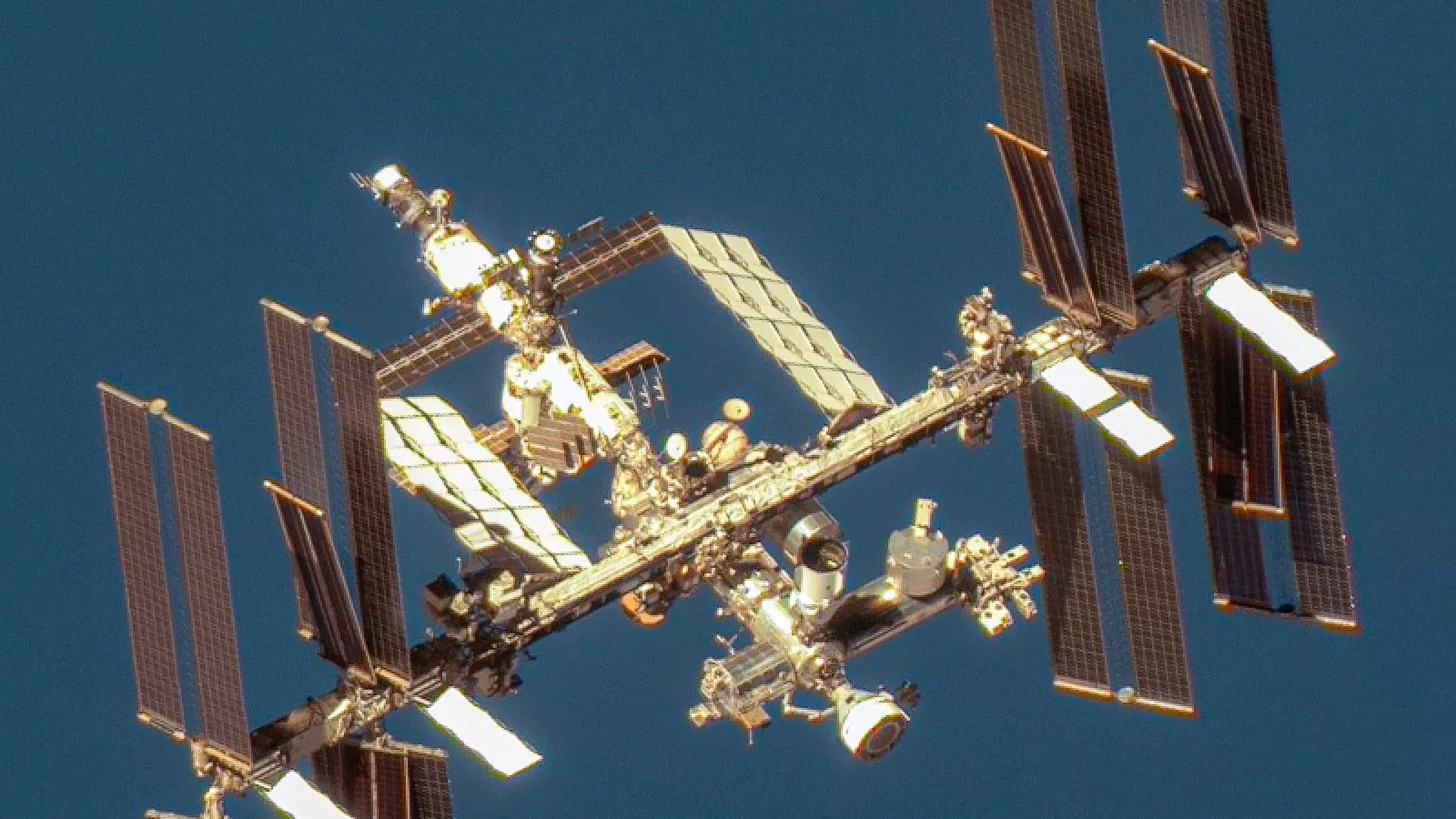Boeing’s Starliner capsule “Calypso” has recently undergone an unexpected extension in its stay at the International Space Station (ISS), doubling the original planned mission duration. Initially intended to be in space for nine days, the crew flight test mission now anticipates returning to Earth on June 22 after at least 17 days in space, as announced by NASA. This extension allows for further spacecraft testing and operational evaluations.
The extended stay of the Starliner capsule at the ISS provides an opportunity for Boeing and NASA to conduct various tests and operations. These include tasks such as operating the capsule’s hatch, firing thrusters, and checking cabin air temperature. Additionally, “safe haven” testing is scheduled, in which the spacecraft serves as a shelter for astronauts during emergencies. The mission managers and astronauts are finalizing departure planning and operations, ensuring a comprehensive evaluation of the spacecraft’s capabilities.
Despite the successful delivery of Starliner to the ISS, the mission has encountered several technical challenges. Helium leaks in the propulsion system of the capsule, including a significant number of leaks detected after docking, have raised concerns. NASA has reassured that the spacecraft has sufficient helium reserves for the return trip, but the ongoing issues need careful monitoring. Another complication arose during docking, with malfunctions in five of the spacecraft’s thrusters. Boeing managed to recover four of the malfunctioning thrusters through troubleshooting, enabling the docking process to proceed.
NASA has planned hot fire testing before the undocking of Starliner, aiming to assess the performance of the thrusters, particularly those near the spacecraft’s tail. This testing will provide valuable data on the thrusters’ functionality and reliability. Despite the challenges faced during the mission, Boeing Vice President Mark Nappi expressed confidence in the spacecraft’s capabilities and remaining time on station.
Originally conceived as a competitor to SpaceX’s Dragon, Starliner has faced setbacks and delays, ultimately transitioning into a backup position for NASA. While SpaceX has conducted numerous crewed trips to the ISS, Starliner’s development and operational challenges have shifted its role within NASA’s spaceflight program. The agency now plans to alternate astronauts’ flights between SpaceX and Boeing, highlighting the evolving dynamics of the commercial crew program.
The extended stay of Boeing’s Starliner capsule “Calypso” at the International Space Station presents both challenges and opportunities for the spacecraft’s development. The mission’s duration and technical issues underscore the complexities of human spaceflight and the rigorous testing required for certification. As Boeing and NASA continue to evaluate and address the challenges faced during the mission, the future of the Starliner program and its role in space exploration remain subject to ongoing assessment and adaptation.

